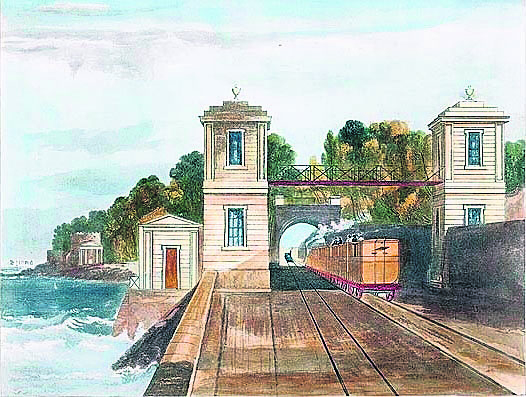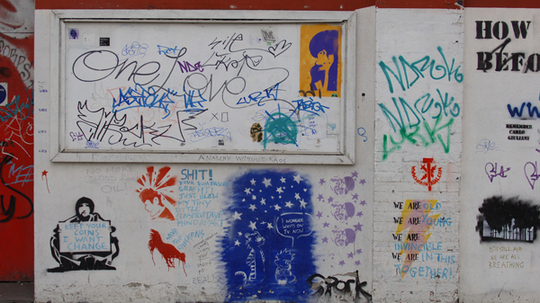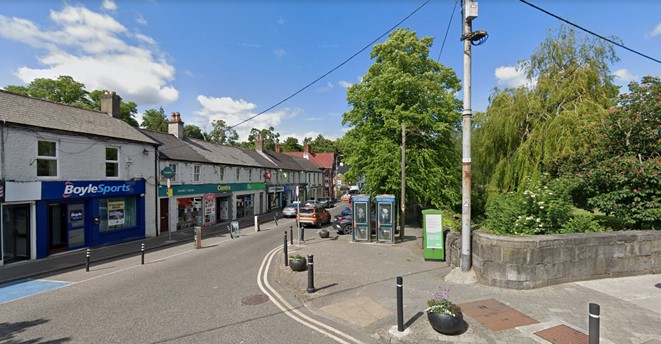History remembering Kingstown railway
Dublin People 25 Sep 2015
THE Dublin and Kingstown (now Dún Laoghaire) Railway was the first suburban railway in the world. The line began operating in 1834 and was built by ‘the Father of Irish Railroads’, William Dargan, an engineer from County Laois.
The idea for the railway arose from proposals by the merchants of Dublin to link the city with Dún Laoghaire Harbour, because the levels of silt at Dublin Port meant that large ships could no longer dock there and instead called at Dún Laoghaire.
Originally the merchants had proposed the construction of a canal between the city and the Harbour, but following the success of cutting edge railway projects in Britain, a section of Dublin merchants began to lobby for a rail link to be constructed, arguing that the new technology would be more efficient.
To that end the Dublin and Kingstown Railway Company was established in 1831 and within two years had won the support of a British Act of Parliament for their proposal and had commissioned William Dargan to construct the railway.
With Dargan appointed, work soon began on the 10 kilometres of line stretching from Westland Row in the City Centre to the West Pier in Dún Laoghaire. The new line ran through areas such as Merrion, Blackrock, Seapoint and Monkstown.
Despite Dargan’s later prominence as an engineer, construction of the railway ran into difficulty and was delayed by the objections of private landlords that refused to allow the railway to run across their property without significant financial compensation.
In one case, Lord Cloncurry, a significant landowner, demanded that the railway company construct a private footbridge to allow him access a purpose built bathing area that was to include a Romanesque Temple.
Cloncurry also demanded that a tunnel and cutting should be constructed where the rail line crossed his property, so as he could maintain his privacy.
The structures built to appease Cloncurry still exist today and the footbridge and bathing area can be seen when passing near Blackrock on the modern DART line.
Another interesting feature of the railway’s construction is that between Merrion and Blackrock, the line was built on an embankment which later lead to the formation of Booterstown Marsh, now a well-known nature reserve and bird sanctuary.
The completed Dublin to Kingstown Railway opened its doors on October 9 1834. The first journey was made by a steam locomotive named ‘Hibernia’ and pulled eight carriages.
The Hibernia had been specially built for the Dublin and Kingstown Rail Company by Richard Roberts, a Welsh engineer.
As the popularity of the new form of transport grew, The Dublin and Kingstown Railway operated trains every day running every half hour from 6am till 11.30pm.
A number of extra trains operated on a Sunday to cater for an increase of passengers from the city that wanted to visit the picturesque coastal town.
The rail line catered for all classes, operating first, second third and fourth class carriages.
Fourth class was an open air carriage offering little protection from the elements and the sea on the six-mile journey across relatively open landscape.
In 1837, the line was extended at Dún Laoghaire from the West Pier to the site of the modern day DART Station.
The new construction was again presided over by William Dargan and a
purpose built train station was constructed and today is still in use as a restaurant.
That the first suburban railway in the world was built in Dublin and remains in use today as part of the DART line, should be a source of great pride in our city.












